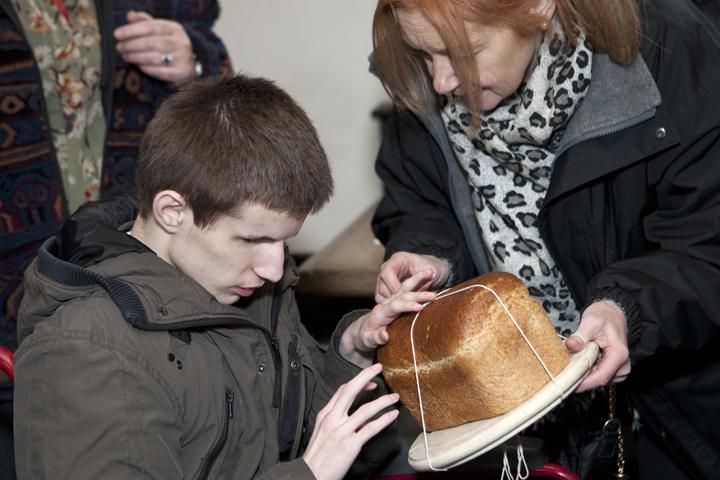Interactive sensory objects for and by people with learning disabilities
Lord Rix, president of Mencap, noted that hands-on exhibits can bring a space to life, and give a greater understanding and meaning to cultural heritage, and is especially important for people with learning disabilities.

However, in many heritage contexts, exhibits incorporating interactive elements that are accessible to audiences use surrogates instead of original items, and are usually chosen by the curators rather than determined by the user-group. The aim of this project is to create a series of multisensory interactive artworks, in collaboration with our co-researchers (people with learning disabilities), that responds to equivalent objects in museum collections. Through a series of staged multisensory art and electronics workshops, our co-researchers explored how the different senses can be utilised to augment existing artefacts or create entirely new ones. The workshops take place in either a heritage site or museum and enable us to work together to develop interactive art works, whilst cataloguing the challenges of doing so on our website. We use these findings with our advisory group to help museums benefit from the use of interactive sensory objects in developing future interpretation plans and strategies.
Colleagues from the Rix Centre, who are experts in multimedia advocacy and self-representation for people with learning disabilities, are employing various methods to reflect and evaluate the project, including video ethnography, talking mats techniques, and an easy-to-use Web 2.0 package for creating personal rich media websites called Klikin. To gauge the effectiveness of our interactive artworks, we hold an event at each site where our co-researchers present their research to the public and also hold a seminar to reflect on our work.

